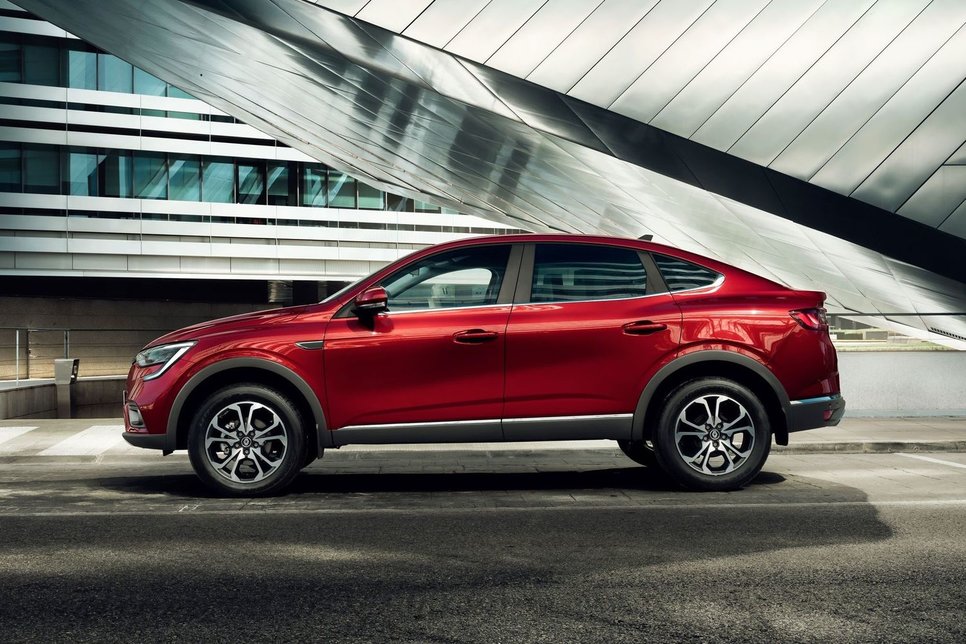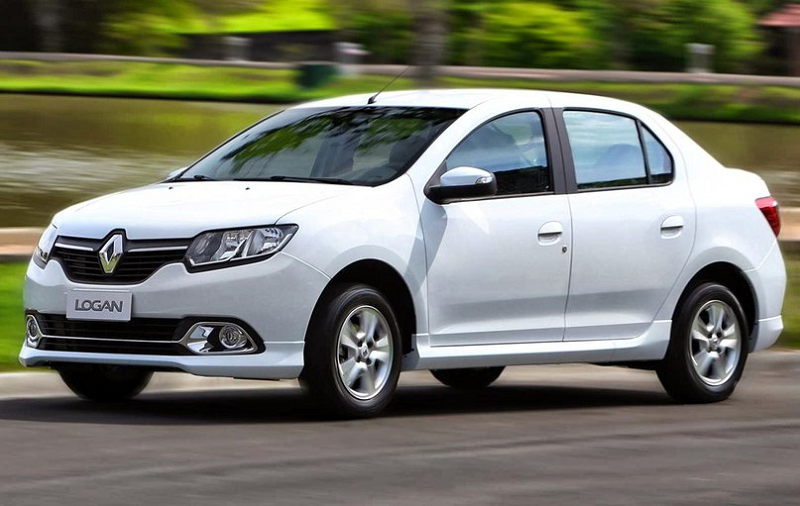“Sport” for a million: Vesta Sport vs Toyota GT86 and Turbo-Rapid
 For those who remember Grant for 230,000 rubles in 2011, the idea of giving one million rubles for Vesta seems wild, of course. As well as those who prefer something fairly second-hand, but foreign. Nevertheless, it must be admitted that in the market as a whole, this is quite an adequate price for a 145-strong car with an impressive list of near-sports improvements.
For those who remember Grant for 230,000 rubles in 2011, the idea of giving one million rubles for Vesta seems wild, of course. As well as those who prefer something fairly second-hand, but foreign. Nevertheless, it must be admitted that in the market as a whole, this is quite an adequate price for a 145-strong car with an impressive list of near-sports improvements.
Price Lada Vesta Sport – from 1,009,900 rubles (this amount includes very decent equipment). For an extra charge – only a more advanced multimedia system with a color screen and navigation (plus 36,000 rubles). Skoda Rapid with a 1.4 TSI engine and DSG “robot” can be bought much cheaper – from 892,000 rubles, but this is much more modest equipment than from Vesta. We took a well-equipped version of Style, and even stuffed with options, the total cost of 1,221,800 rubles. Toyota GT86 2013–2014 release with mileage of 40 000–100 000 km is now worth the same as the new one – 1,200,000–1,400,000 rubles
Vesta Sport does not claim to be closely related to real racing Vesta, acting in the Russian series of racing circuit, but there is a lot of remarkable about the basic sedan. Let’s leave aside for the time being a spectacular body kit and “decorations” in the cabin, first go through the technique. After installing other camshafts, a modified intake system and a new firmware from the long-suffering 1.8-liter VAZ engine in the Sport version, they removed as much as 145 hp. and 184 Nm, which is 23 “horses” and 14 “Newtons” more than that of a conventional motor. The exhaust diluted with sides with pipes of larger diameter mumbles pleasantly in the city and at the switchings, but it is very tiresome on a long journey. The engine transmits a little more vibrations to the body – the Sport has four engine mounts instead of three. Transmission – only 5-speed “mechanics”.
On acceleration, the Sport is faster than the usual 122-strong Vesta, but only by 0.6 seconds (9.6 seconds to 100 km / h). Well, after 140–150 km / h, the “sports” Vesta accelerates and is completely sluggish and gets to the “maximum speed” of 193 km / h with great difficulty.
Such dynamics and control of the load would not hinder the usual Vesta at all! But Sport also feels much more confident in the corners and reacts more clearly to the steering wheel. Suspension is harder here, although it has retained its energy intensity
On the high-speed direct sedan is stable, clearly, but without undue sharpness reacts to the slightest deviations of the steering wheel. At Sport, new springs and shock absorbers are installed, the track of the car is expanded by 15 mm at the back and 35 mm at the front, the ground clearance is reduced to 147 mm, so in the West’s corners, AvtoVAZ is as good as any other serial car! Additionally reinforced steering knuckles and CV joints are now – with a lot of slots. With the new kinematics, the suspension Vesta rides harder, and the smoothness is worse, but the information content of the steering has improved significantly, the banks have decreased, and the energy intensity has not suffered at all.
Our test took place at a positive temperature on dry pavement, while all the cars were still on winter tires without tires, and this had its effect. Vesta Sport has shown a tendency to understeer (but very small). Last year, we already had a chance to travel to the “family” for Vesta’s “Sport” of the summer Continental SportContact. With them, Vesta behaves more passionately: under the discharge of gas in a turn, the balance is somewhat different, and the car travels in the limit with a slight drift.
Very good turned out at the Vesta Sport and brakes – accurate and reliable, withstanding even a series of braking to the floor at speeds of 130-140 km / h. The diameter of the front discs here are as much as 300 mm, respectively, and the calipers have increased. By the way, did you notice that the wheels are attached not by four, as usual on vases, but by five bolts? Do not be surprised, this is the hub from Renault Megane!
So, Vesta has all the improvements – in the case. The only pity is that the sports version does not offer a samoblok. There is a field of activity for tuning masters.
Rapid – the most comfortable and quiet car in our trio, with the best smoothness, which is still improved with partial load. Rapid – very economical, you can easily meet the 6.5-7 liters per “hundred”
Rapid is as fast as Vesta Sport in acceleration to the “hundred”, as the latter is faster than the “usual” Vesta 1.8 – that is, by 0.6 seconds. Suspension Skoda – an option for those who need excessive rigidity to nothing: this is the most comfortable car in our top three. The steering wheel is fairly light, but informative, and the intensity of the deceleration, as on all Volkswagen, is dosed out by the light pedal. In turns Skoda does everything clearly, reliably and clearly, but not recklessly.
Is the DSG 7-step “robot” an advantage or disadvantage? Many doubt its reliability. However, the editorial Rapid with such a transmission traveled more than 100,000 km and did not experience any problems. Well, the DSG rate of fire, especially in sports mode, has always been almost exemplary. Already for this reason, rapid accelerations on the Rapid are obtained by themselves, and for opponents with manual gearboxes – as when.


